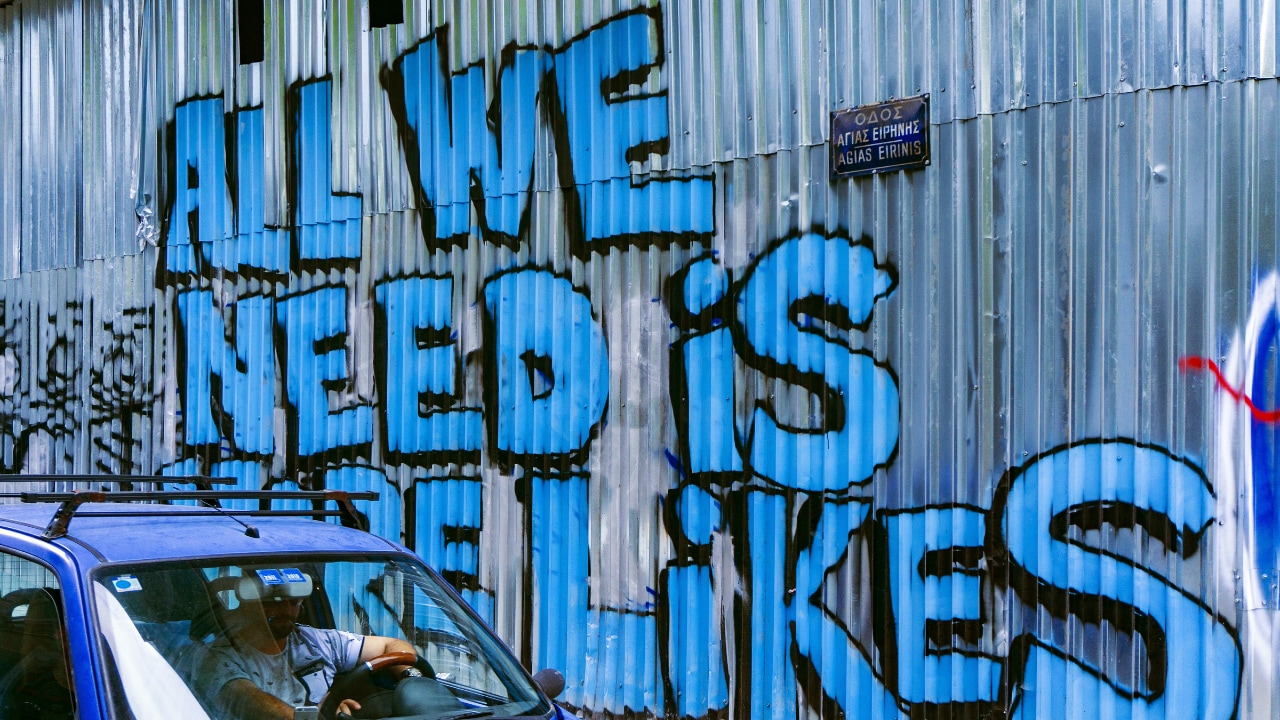Ad sales accounted for 90 percent of Twitter’s revenue in the second quarter. Before Musk feuded with Twitter in July, there were more than 1,000 new advertisers on the platform each month – the number now has sunk to 200 and less.
The first week of Musk’s ownership of Twitter saw advertisers across the globe pulling back spending on Twitter amidst fear that misinformation and hate speech would be allowed to increase on the platform under Elon Musk’s “free speech” leadership.
Also, the new Twitter Blue subscription could let anyone have a verified check attached to priority status for their tweets and there is longer audio and video posts, but most importantly half as many ads! This has sparked serious concerns over advertising on Twitter because of a future fact that there will be 50 percent less exposure of ads on the platform. As a result, brands such as the Volkswagen Group, General Motors, Coca-Cola, Johnson & Johnson and Unilever have already paused advertising on Twitter.
However, advertising changes and restrictions aren’t new on social media platforms. Facebook’s pending changes to the format of ads in its mobile news feed aim to make paid content less intrusive for users, thereby putting a premium on user experience over advertiser needs.
The price of Google AdWords for keywords has increased manifolds, making brand ad campaigns go unnoticed in a sea of paid campaigns using the exact keywords. In addition, 50.7 percent of internet users today use AdBlockers in India as millions seek privacy, security, less annoyance and less interruption.
Advertisers are ending up paying high amounts for ad space on YouTube, but the reach has decreased since some of the audience is now on premium behind a paywall, where their ads cannot reach. The money that previously was spent on platforms like Twitter will now move to the other already crowded Meta platforms. This will only add to the price increases of advertising on social media platforms that we see.
With 50 percent less engagement, 50 percent less exposure and 50 percent less impressions on platforms, how do brands reach their customers, increase sales and receive the same result as before?
UGC is unique to each user and is not directed by keywords but by genuine reviews. That’s why UGC and putting power in the hands of users is the best way to get trusted messages into the consumer’s eye.
For starters, social media is nothing without ‘people’ being social and sharing their thoughts and opinions with their peers. The number of people joining social media is rising as we read, and for brands to keep up with that, they need to find next-generation tools to stay relevant to their customers. To reach more people, they need to shift focus and plan on spending less on ads and more on users or creators.
Next-gen tools to stay relevant
Advertisers and marketers will never have to worry about the platform’s dynamic policies if they invest in users. Users will continue to see posts from their friends and family and rarely ‘skip it.’ They are the best way for brands to get into the consumer’s eyes, as this is one avenue that social media platforms can never restrict.
If users get frustrated with the experience offered by ads, they will go through organic placements instead. That organic way is recommendations from friends and family via User-Generated Content (UGC). UGC is unique to each user and is not directed by keywords but by genuine reviews. That’s why UGC and putting power in the hands of users is the best way to get trusted messages into the consumer’s eye.
UGC and word of mouth are effective, inexpensive and generate an impressive return on investment. It drives additional new and recurring sales, builds better brand awareness and increases revenue.
The first step towards unlocking the power of UGC for a brand is to give its users the power to express. The best way for a brand to feel secure and not be afraid of its users’ voice is to educate them. Brands can drive user-generated content by investing and educating the users on how to become better at vocalising the brand and incorporating it into their everyday lives.
The other way is to incentivise positive word of mouth by users. Finally, brands need to understand what its user is saying and what they share with their peers to leverage them to become brand advocates and their peer’s potential consumers.
Pranav Kosuri and Douglas Andersson are the co-founders of Brandie, a Word-of-Mouth marketing platform. Views expressed are personal.
